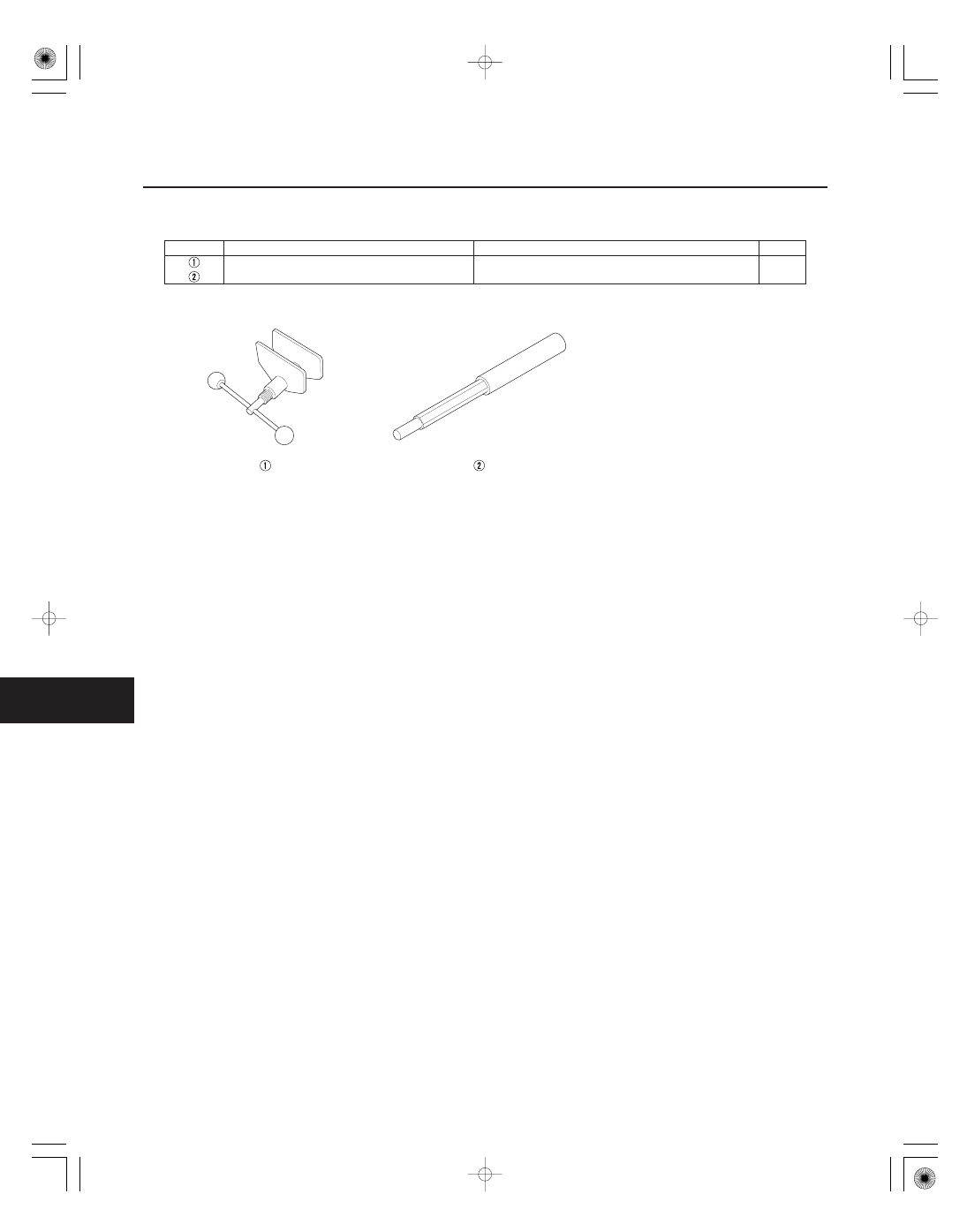Acura CSX. Manual - part 374

01
01
SNR9A000000000J1901PAAT00
Ref. No.
Tool Number
Description
Qty
19-2
Conventional Brake Components
Special Tools
07AAE-SEPA101
Brake Caliper Piston Compressor
1
07AAG-SVBA100
Guide Pin Tool
1
08/08/21 15:00:44 61SNR030_190_0002